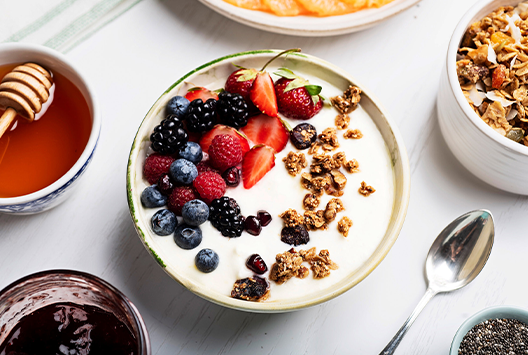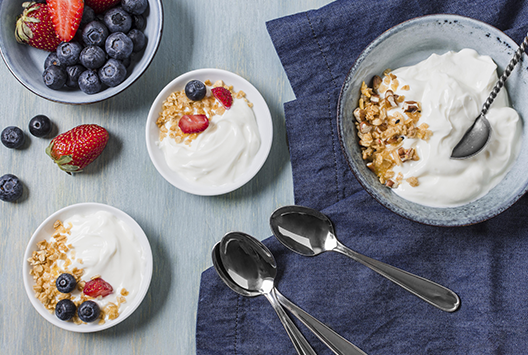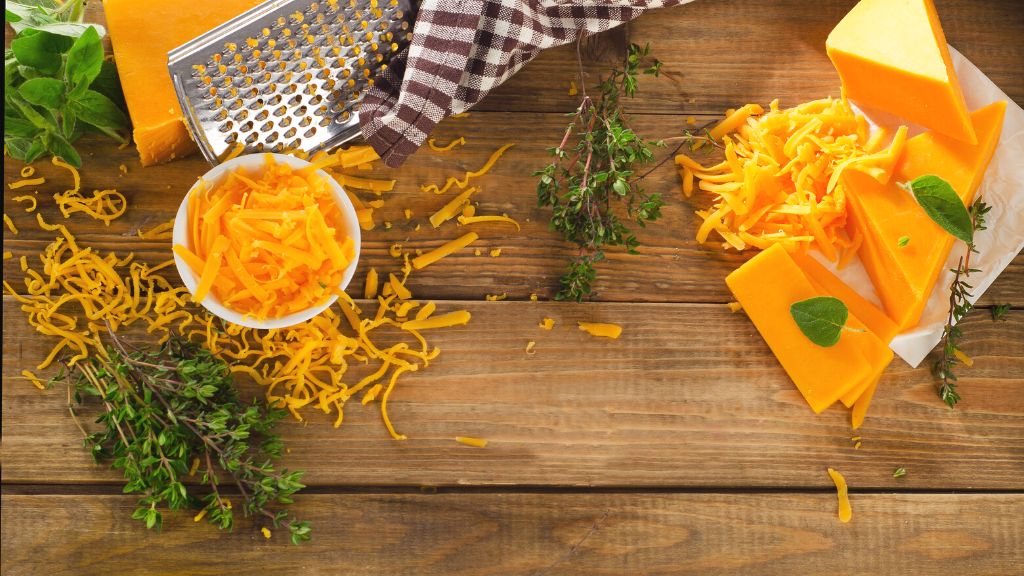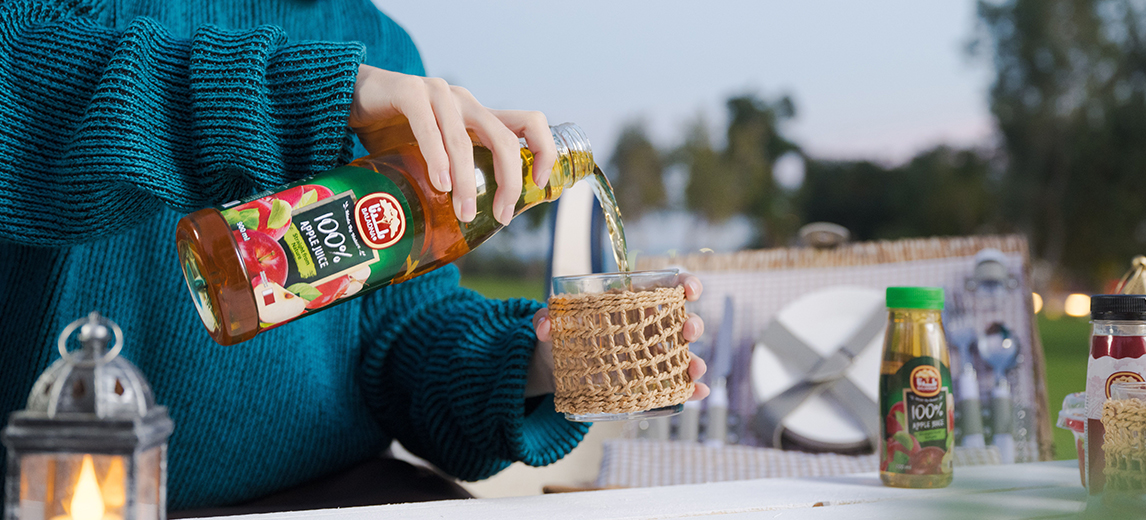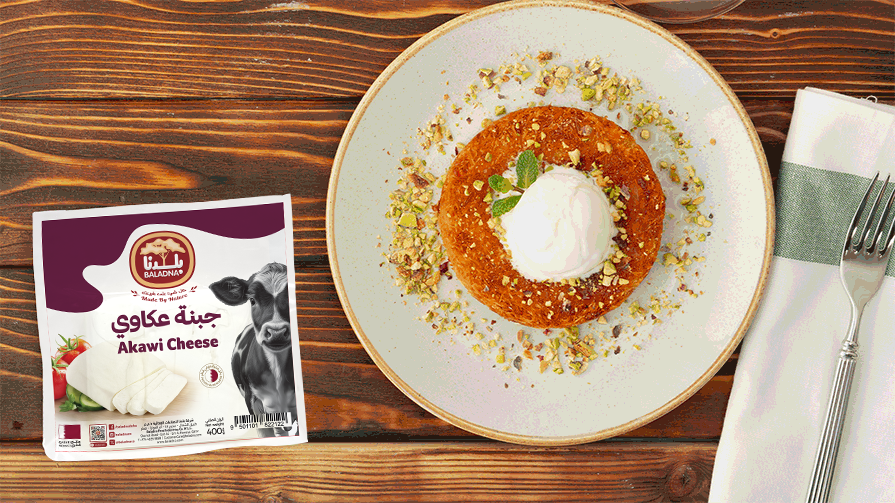
Akawi Cheese: Authentic Middle Eastern Breakfast Ideas
Similar
Few ingredients in Middle Eastern cuisine reflect the region’s rich traditions as well as akawi cheese. This soft, unripened cheese, known for its mild flavor and slightly salty taste, has been a breakfast favorite in the Levant for centuries.
Whether you’ve had it before or are trying it for the first time, adding akawi cheese to your breakfast is a delicious way to enjoy a taste of the Middle East. Here’s how to enjoy akawi cheese for the perfect start to your day:
1. Classic Akawi Cheese & Za’atar Manakeesh
One of the most iconic Middle Eastern breakfast dishes is Manakeesh, a type of flatbread topped with a variety of ingredients. When it comes to akawi cheese, the combination with za’atar - a mix of thyme, sesame seeds, and sumac - is simply unbeatable.
How to Prepare:
Start with a thinly rolled dough base, similar to pizza dough.
Spread a generous layer of akawi cheese across the dough.
Sprinkle a mix of za’atar and olive oil on top.
Bake in a preheated oven until the cheese melts and the dough turns golden and crispy.
2. Akawi Cheese-Stuffed Ka’ak Bread
Ka’ak is a traditional Middle Eastern bread often enjoyed during breakfast. Known for its sesame-coated crust, Ka’ak becomes even more delightful when stuffed with akawi cheese.
How to Prepare:
Begin with a Ka’ak dough, which is slightly sweet and enriched with sesame seeds.
Flatten the dough and place a slice of akawi cheese in the center.
Fold the dough over the cheese, sealing the edges tightly.
Bake until the bread is golden brown and the cheese inside is melted and gooey.
3. Homemade Kunafa with Akawi Cheese
For a sweet treat, Akawi cheese is the perfect filling for Kunafa, a popular Middle Eastern dessert made with shredded phyllo dough and soaked in syrup.
How to Prepare:
Start by layering shredded phyllo dough or Kunafa dough in a greased baking pan.
Melt butter and drizzle it evenly over the dough. Spread a generous layer of akawi cheese over the dough, ensuring an even filling.
Top with another layer of shredded phyllo dough, drizzling more melted butter on top.
Bake in a preheated oven until the top turns golden and crispy.
Once baked, pour warm sugar syrup (flavored with rosewater or orange blossom) over the Kunafa and let it soak in.
4. Shakshuka with Akawi Cheese
Shakshuka, a popular Middle Eastern dish made of poached eggs in a spicy tomato sauce, can be elevated with the addition of akawi cheese.
How to Prepare:
Start by cooking your Shakshuka sauce — tomatoes, onions, garlic, and spices like cumin and paprika.
Once the sauce is simmering, add slices of akawi cheese around the pan.
Crack the eggs into the sauce and cook until the whites are set but the yolks remain runny.
Serve directly from the pan with fresh pita or crusty bread.
The addition of akawi cheese adds a creamy, slightly salty contrast to the robust flavors of the tomato sauce, making this dish a hearty and satisfying breakfast option.
Akawi cheese is more than just an ingredient; it’s a connection to the rich traditions of Middle Eastern breakfasts. Its versatility pairs well with both savory and sweet dishes, making it a key ingredient for anyone wanting to experience authentic Middle Eastern flavors.
Give your meals the upgrade they deserve with the finest akawi. Try Baladna Akawi Cheese today and taste the difference first-hand.
